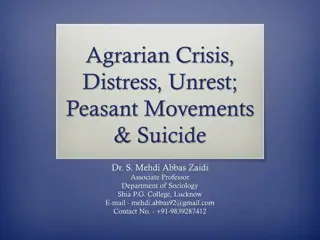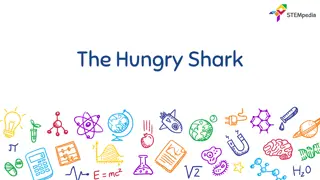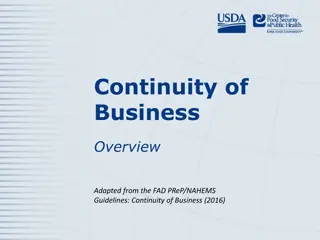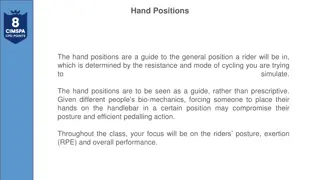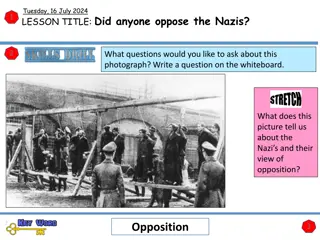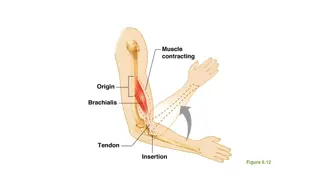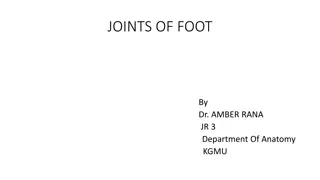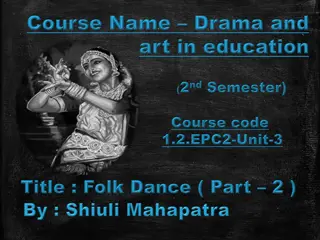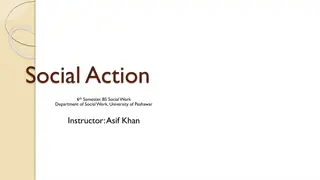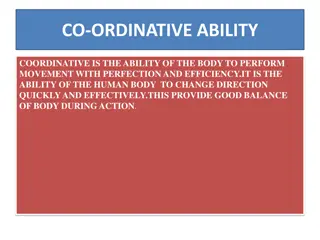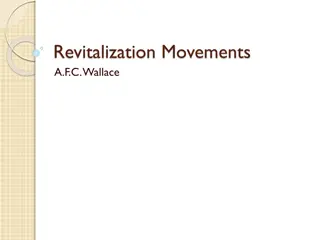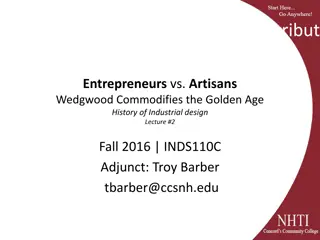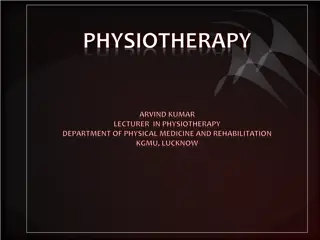
Types of Movement: Active vs. Passive, Voluntary vs. Involuntary
Explore the various types of movement in the human body, including active movements performed voluntarily within the range of motion and passive movements generated by external forces. Learn about the classification of movements and their significance in physical therapy and rehabilitation.
Download Presentation

Please find below an Image/Link to download the presentation.
The content on the website is provided AS IS for your information and personal use only. It may not be sold, licensed, or shared on other websites without obtaining consent from the author. If you encounter any issues during the download, it is possible that the publisher has removed the file from their server.
You are allowed to download the files provided on this website for personal or commercial use, subject to the condition that they are used lawfully. All files are the property of their respective owners.
The content on the website is provided AS IS for your information and personal use only. It may not be sold, licensed, or shared on other websites without obtaining consent from the author.
E N D
Presentation Transcript
Types of Movement By: Dr. M. Abbas Jamil
Types: Active Movement Passive Movement
Active Movement Movement performed within the unrestricted ROM controlled by the voluntary contraction of the muscle is called active movement.
Active movements are "actively" performed by the patient's voluntary muscles and have their own special value in that they combine tests of joint range, control, muscle power, and the patient's willingness to perform movements are sometimes physiological movements. movement is sometimes physiological barrier. the movement. referred The end referred These to active as as of to the
Classification of Active Movements: Voluntary movement Involuntary movement
Voluntary Movement Free exercises Assisted exercises Assisted-resisted exercises Resisted exercises
Involuntary Movement Reflex Movement
Passive Movement: Movement performed within the unrestricted ROM produced by an external force, during which there is little or no voluntary muscular contraction is called passive movement. External force may be a gravity, machine or physical therapist.
These movements may also be referred to as anatomical movements. The end of passive movement is sometimes referred to as the anatomical barrier.
Classification of Passive Movement Relaxed Passive Movements Passive Manual Mobilization Techniques
Assessment: Pain in Movement Rhythm of Movement Abnormality Timing in Movement Pattern of Movement
Pain in Movement: Therapist should note which movements, if any, cause pain or other symptoms and the amount and quality of pain that results. For example, small, unguarded movements causing intense pain indicate an acute, irritable joint. If the condition is very irritable or acute, it may not be possible to elicit all the movements desired.
Rhythm of Movement Recurrence of a sequence of events is called rhythm. Each movement has its own natural rhythm. Natural rhythm varies with age. Rhythm of children s movements being relatively quick as compared with that of adults while that of elderly is slower. Rhythmical movement taken too slowly or too quickly result in faulty timing and loss of efficiency.
Example: Inspiratory muscles and heart muscle contract rhythmically, their period of contraction alternating with period of relaxation.
Therapist should note the rhythm of movement along with any pain, limitation) or trick movements that occur. Trick movements are modified movements that the patient consciously or unconsciously uses to accomplish what the examiner has asked the patient to do. For example, in the presence of deltoid paralysis, if the examiner asks the patient to abduct the arm, the patient can accomplish this movement by laterally rotating the shoulder and using the biceps muscle to abduct the arm.
Abnormality: Active movement may be abnormal for several reasons and the examiner must try to differentiate the cause. Pain is a common cause for abnormal movement as is muscle weakness, paralysis or spasm.
Timing in movement: Sequence of muscular contraction which takes place in the production of movement. To produce an effective movement, force of each contraction is timed so that it is at its maximum.
Pattern of Movement: Site and direction of movement are described as its pattern of movement. When testing active movements, the examiner should note where in the arc of movement the symptoms occur. For example, pain occurs during abduction of the shoulder between 60 and 120 degrees if there is impingement under the coracoacromial ligament. acromion process or
By observing the patient's reaction to pain, the examiner can get some idea of how much the condition is affecting the patient and the patient's pain threshold. By noting the pattern of movement, the quality and rhythm of the movement, the movements in other joints, and the observable restriction, the examiner can tell if the patient is "cheating" (using accessory muscles) to do the movement and what tissues are affected.

